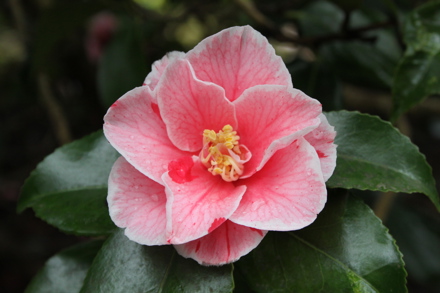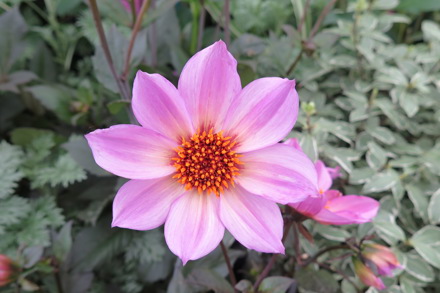To keep track of the individual plants in your National Plant Collection, they will each need their own accession number.
All National Plant Collections need to provide an accessioned plant list. This is a list of the plants in your collection, detailing (at a minimum) their full scientific name, accession number, date of acquisition and source.
An accession number is a unique identifying number, or code, which can be used to track it through your collection. Information about the plant can then be attached to this accession number, such as legal paperwork, pictures, characterisation data or plant health issues.
You can use a simple system (0001 and so on), although this can get hard to maintain as you add more plants to your collection. So quite often this number is combined with the year you got it (2019-0001 and so on). This immediately tells you when you received the plant, so you can keep track of a plant's age and longevity in your collection.
For a more in depth look at different ways of accessioning plants in a collection, see this document.
The best way to order and store all of the information that you will start to gather about your plants is in a database - see the pages on Plant Recording and the Persephone database.

Camellia japonica 'Tricolor', From Collection at NT Antony House

Accession Policy
An accession policy describes how you decide which plants to add to your collection, and which plants you don't. It is determined by the collection category and scope. An example of an accession policy for a collection of Heuchera cvs. (1990-2010) would be: ‘to obtain all cultivars bred between the stated years, commencing with those originating in the UK, then those in the USA’.
It can be used to indicate current priorities or future direction: ‘to obtain all cultivars bred between the stated years, and once complete to look at the practicality of adding 1980-1990 to the collection’.
Sources
The accession number will link the plant to its source. It is important to keep information about the source as this can prove that you have the plant legally (in the case of species sourced either directly or indirectly from the wild). You may have examples of the same taxa from multiple sources and it is important have this recorded. Should there turn out to be a problem with one of the plants (such as being misnamed or a pest and disease issue), you will know which source it came from.
Labelling
The accession number should appear on the labels for the plants. We recommend double labeling for all plant collections - one where you can read it and one sunk into the pot or buried underground, should the first one come off, fade or be rearranged by helpful children.
Some collection holders are using Near Field Communications tags, which can be read by a smartphone, to digitally label their plants. More details in this article on the collection holder's blog.
The accession number should appear on the labels for the plants. We recommend double labeling for all plant collections - one where you can read it and one sunk into the pot or buried underground, should the first one come off, fade or be rearranged by helpful children.
Some collection holders are using Near Field Communications tags, which can be read by a smartphone, to digitally label their plants. More details in this article on the collection holder's blog.
Label Suppliers and Engraving Services
Other useful links to label suppliers, from plastic tags to botanic garden style engraved plaques are below:
- LBS Horticulture - Visit Site
- The Essentials Company - Visit Site
- Bradenham Hall Gardens - Visit Site
- Sheen Botanical Labels Limited - Visit Site
- Winterling - Visit Site
- Wells&Winter - Visit Site
- The Garden Superstore - Visit Site
- Harrod Horticulture - Visit Site
- Labels and Things - Visit Site
Our partners








